When shopping for a new TV, two brand names that will come up are Insignia and Hisense. In this article, we’ll compare Hisense vs Insignia side-by-side to see which TV budget brand is better in 2023.
Hisense vs insignia quick comparison
Comparing Hisense and Insignia is very interesting for the fact that high-end Insignia TVs are actually made by Hisense, so the two brands have a few things in common.
Of course, as you’ll see in this article, there are a few differences.
Insignia is a budget-focused TV brand produced by a number of manufacturers (including Hisense) for BestBuy (Insignia is a BestBuy brand). According to BestBuy, Insignia TVs are produced in a factory in China.
Hisense is a slightly better-known TV brand that also caters to more budget-oriented customers. The company started as a radio manufacturer in China in 1969, but expanded to TV manufacturing soon and became one of the top Chinese TV manufacturers.
Insignia
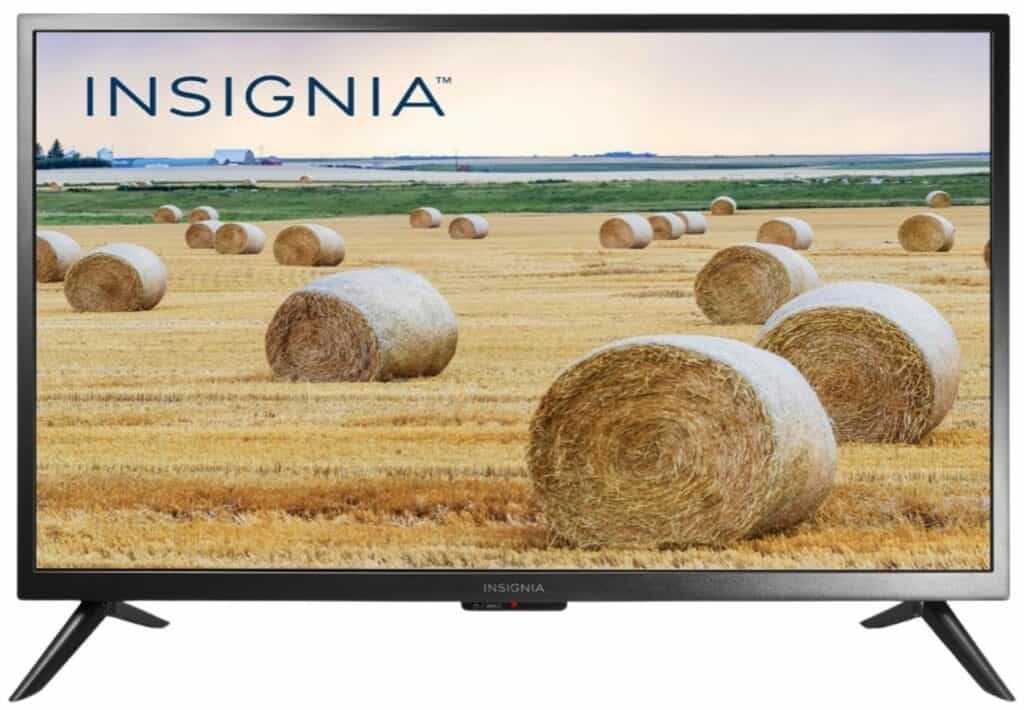
Pros
- Budget-friendly
- Uses Amazon Fire TV and Alexa
- Low reflection
- Plenty of smart TV features
Cons:
- Poor sound quality
- Often outdated components
- Lacks premium 4K models
Hisense
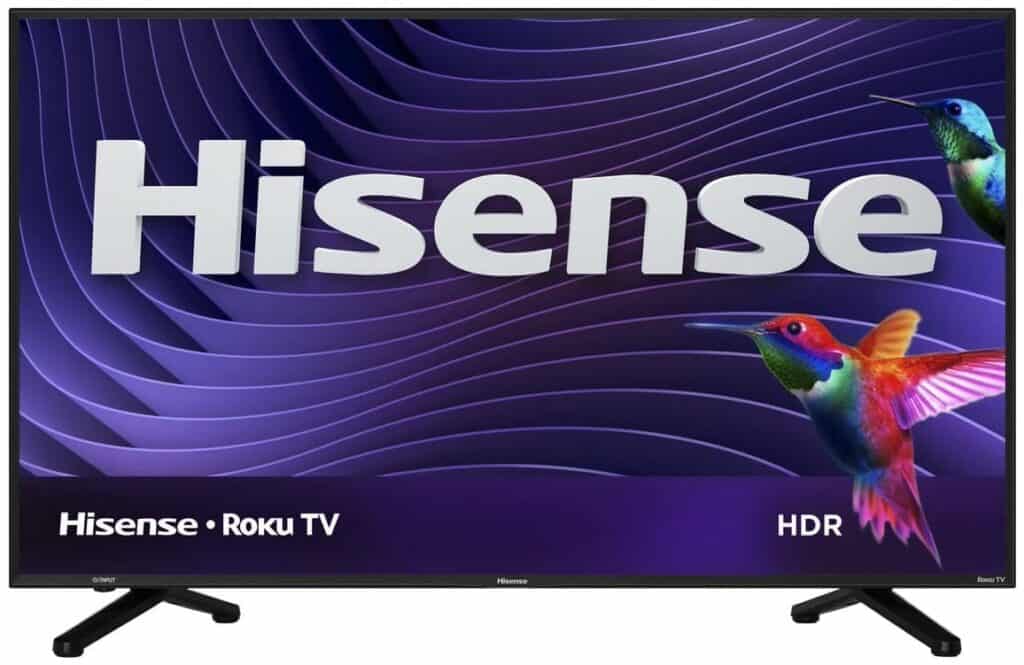
Pros
- Plenty of inputs
- Various smart TV platforms
- Different types of panels available
- Anti-glare
Cons
- Low refresh rate
- Poor sound quality
- Some models can be a bit expensive
Features face to face
Panel technology
Insignia mainly produces TVs with LED VA (Vertical Alignment) panels. These panels take an electrical signal and, using LED (light-emitting diodes), convert it into an image you can see on the screen. However, it does have a few QLED models, but not many.
When it comes to Hisense, the Chinese TV brand offers more variety in terms of panels as it uses LED, OLED and QLED panels.
Winner: Hisense
Image Processor
Insignia TVs use a quad-core MediaTek MTK T31/L processor with ARM Cortex-A55 and 1.5GHz clock speed, which is a system-on-a-chip (SOC) processor type (that means it includes all system components in a single chip, such as GPU, power management, etc.)
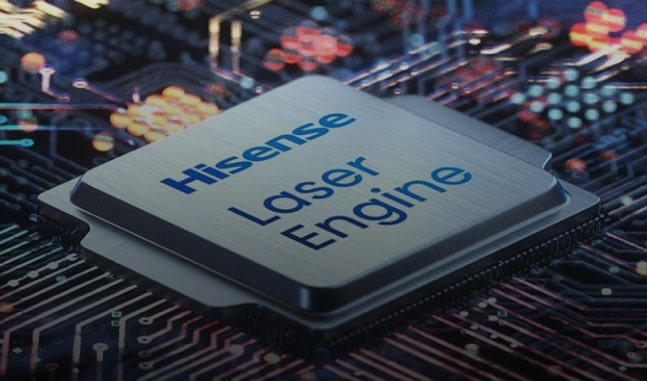
In comparison, Hisense also uses the MediaTek MTK chip with ARM Cortex quad-core processors in its TVs and is capable of 4K upscaling, although some models use different processors.
Winner: Draw
Motion Technology
Response times will vary depending on the TV model, but by and large, Insignia TVs have solid response times.
However, with pixel transitions of only 20ms, which is far below the 14ms standard, and a low 60Hz refresh rate, Insignia isn’t the best choice if you want to watch something fast-paced, like an action movie or a sports game.
Hisense TVs also offer refresh rates of 60Hz mostly, but there are a few models with a higher 120Hz refresh rate, and the manufacturer promises to add more in the future.
As for pixel transitions, the same problems that plague Insignia also plague Hisense. It’s too slow, and in more action-oriented scenes, you’ll notice some motion blur.
Winner: Draw
Picture Quality
Of course, the picture quality will vary from model to model, but let’s take a look in general at how Insignia vs Hisense compare.
Contrast Ratio / Black Level
Insignia TVs have a pretty good contrast ratio overall, ranging from 1,000:1 to 5,000:1 (contrast ratio is the relation between black and white, 1,000:1 means that white is 1,000 times brighter than black). This means that Insignia TVs can produce deep blacks in dark environments (very good for watching horrors).
Hisense has a distinct advantage here since it uses different types of panels, not just LED VA like Insignia, and, for example, OLEDs have an even higher contrast ratio.
Winner: Hisense
Local Dimming
When it comes to local dimming (making dark colors darker), due to the direct-lighting backlight configuration, Insignia doesn’t have local dimming to speak of.
Alternatively, Hisense TVs offer local dimming support, come with a full spectrum of backlight configurations, and are capable of handling subtitles very well and displaying minimal blooming (halo effect).
Winner: Hisense
Peak Brightness
On average, peak brightness for TVs is between 250 and 350 cd/m2.
This is where Insignia TVs mostly fall, with most of its models offering around 280-290 cd/m2, making it solid on SDR content, but unable to produce enough brightness when watching HDR.
Though a budget brand, Hisense offers excellent peak brightness with an average of around 500-600 cd/m2 (anything above 500 is considered very good). Some of its high-end models even compare to more premium brands, like Samsung, in this regard (check out our Hisense vs Samsung TVs comparison article for more details).
Winner: Hisense
Color
Most modern smart TVs today use the DCI P3 color scale. This scale has 26% more color space than sRGB and can use 10-bit color (sRGB can only use 8-bit).
The most important mark when looking at how well a TV displays color is the color gamut, or the range of colors the TV can produce within the spectrum on the screen.
Here we have two units that you’ll want to pay attention to:
- DCI P3 xy – which is the coverage of DCI P3 color space on CIE 1931 xy.
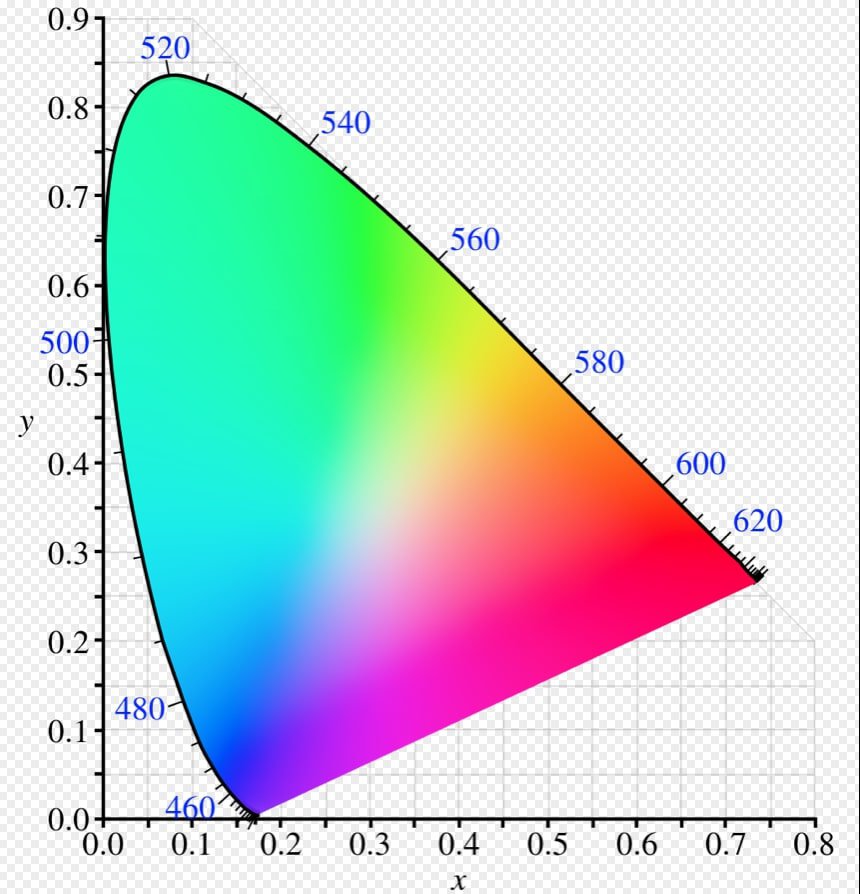
- DCI P3 uv – which covers DCI P3 color space on CIE 1976.
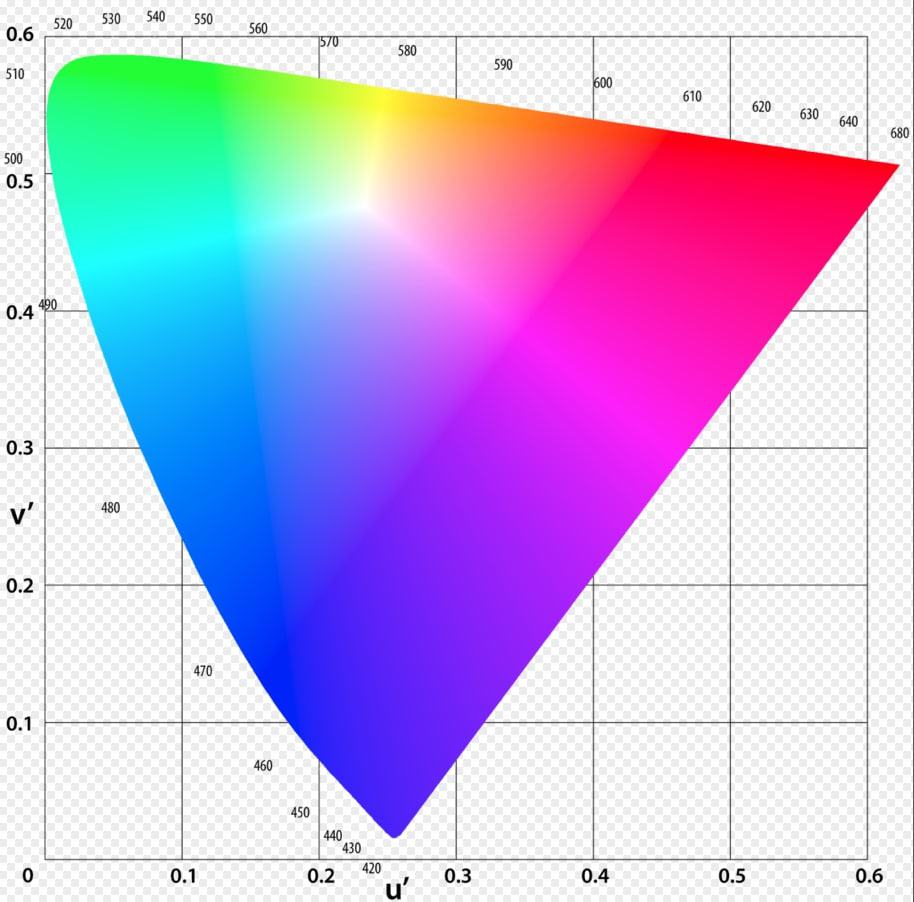
As such, Insignia’s 2021 F50 QLED model has a very good color gamut of 93.90% DCI P3 xy and 96.00% DCI P3 uv.
Related: See our Insignia F30 vs F50 comparison.
In comparison, Hisense U6G, which came out that same year, has 94.09% DCI P3 xy and 95.75 DCI P3 uv color gamut.
By the way, if you’re wondering which smart TV has the best color gamut, it’s the LG G1 OLED with 99.29% DCI P3 xy and 99.79% uv. You can read our LG G1 vs Sony A90J comparison article to learn more about this TV.
Winner: Draw
Viewing Angle
If you want to invite your friends to watch a movie or a game together, one thing to keep in mind is that some of you might have to watch the screen from the side.
Unfortunately, with Insignia’s LED displays, you’ll inevitably get narrow angles that will lower accuracy and brightness considerably.
Hisense TVs won’t deliver much better viewing angles either and will display gamma shifts and lose brightness if you sit just a bit off-center. Of course, this depends on the model, but this is a recurring problem even with some of the high-end models that Hisense offers.
Winner: Draw
Reflection / Anti-Glare
Reflection and glare are two things that can ruin a perfectly planned TV afternoon. Luckily, TV manufacturers developed anti-reflection and anti-glare measures to protect against external light sources (anti-reflection) and internal and external light (anti-glare).
Insignia TVs use a semi-gloss coating, which is not as good as full-gloss, so they will be okay in an averagely lit room versus reflections and glare, but not as good in a brighter room.
Hisense TVs are very good at handling reflections and glare even in bright rooms, and additionally, QLEDs perform excellently in very bright environments.
Winner: Hisense
Sound Quality
Most Insignia TVs feature speakers in the 5-10W range, with only a few more expensive models having speakers that are around 20W. So no, Insignia TVs don’t have very good audio quality, and you should probably invest in a soundbar.
Here’s how you can rig up a soundbar to a TV.
Hisense TVs, in comparison, have very good sound quality, often on par with the likes of Samsung and LG.
In addition, it offers technologies such as DBX Total Surround and DBX Total Sonics.
Also, you can buy both Insignia and Hisense soundbars relatively cheap on Amazon:
Insignia NS-SBAR 21F 20 2.1
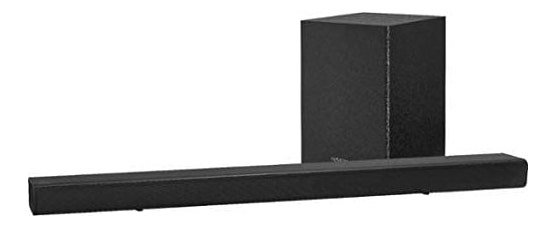
Hisense HS214 2.1

Winner: Hisense
Smart TV Platform / Operating System
Insignia TVs use Amazon’s Fire TV OS operating system, while Hisense uses Android TV, Roku TV and VIDAA OS, depending on the model.
Here’s a comparison:
| OS Features | Insignia TVs | Hisense TVs |
|---|---|---|
| OS Version | Fire TV OS | Android TV |
| App Selection and Variety | 8/10 | 8/10 |
| App Smoothness | 6/10 | 6/10 |
| Ease of Use | 8/10 | 6/10 |
| Interface Layout | 7/10 | 7/10 |
Winner: Draw
Connectivity
Let’s look at the connectivity features that Insignia and Hisense offer:
Inputs
Naturally, input specs vary from model to model, so this is a more general comparison of the two.
Insignia TVs typically have two to three HDMI 2.0 ports, one USB 2.0 and Digital/Optical Audio Out Port, plus an Ethernet port.
Hisense, on the other hand, has four HDMI 2.0 ports, two USB 2.0 ports, one Digital/Optical Audio Out port and an Ethernet port.
| Input Ports | Insignia TVs | Hisense TVs |
|---|---|---|
| HDMI Ports | 3 HDMI 2.0 Ports | 4 HDMI 2.0 Ports |
| USB Ports | 1 USB 2.0 Port | 2 USB 2.0 Ports |
| Digital Optical Audio Out | 1 Port | 1 Port |
| Ethernet Port | Yes | Yes |
Winner: Hisense
Voice Assistant
Insignia TVs use Amazon’s Fire TV operating system, which means they also use Alexa in their TV remotes.
Hisense remotes also make voice navigation easy with Alexa or Google Assistant, depending on which OS platform the particular TV model uses.
Winner: Hisense
Wireless Technologies
Both Insignia and Hisense support 2.4GHz and 5GHz WiFi standards and have Bluetooth support, so you can connect your TV to your home network, stream, or use a wireless speaker.
Winner: Draw
Standout Features
Insignia TVs are pretty “bare-bones” and lack any extra features.
Many Hisense models support Dolby Vision, and some more expensive models support gaming features like G-SYNC or FreeSync, as well as VRR (variable refresh rate).
Winner: Hisense
Price
Let’s face it; you’re probably going to skip most of the text about contrast ratios, color gamuts and the like and skip straight to this section.
Okay then, here’s what you can expect to pay for Insignia vs Hisense TVs:
Insignia 32-inch LED TV
As a budget TV brand, most Insignia TVs are relatively cheap at around $200. Very few of their TVs are more than $300.
For example, here’s a popular 32-inch model:
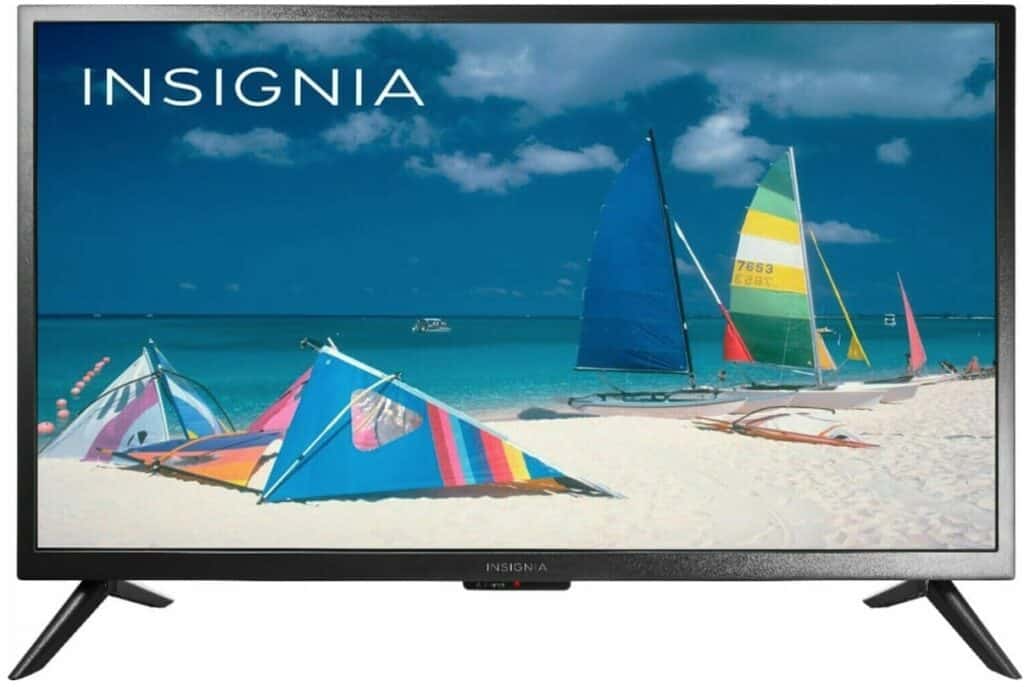
Hisense 40-inch TV
Hisense offers more variety, especially if you want to buy a more premium TV, but they also mostly focus on customers with a tighter budget. Most of their TVs are around $200-300.
Here’s one popular model:
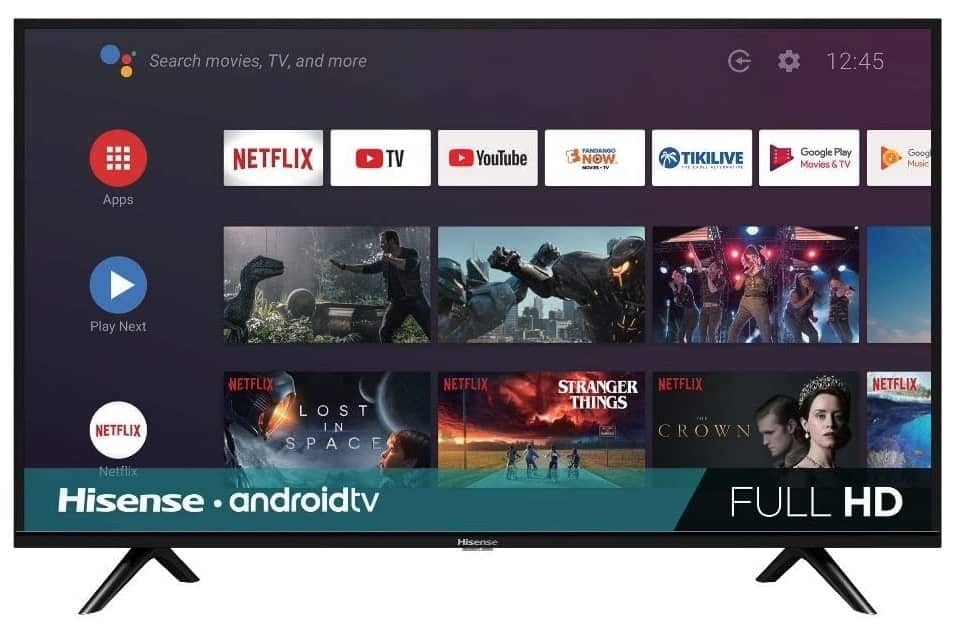
Conclusion
With both of these TV manufacturers focusing on budget customers and the fact that Hisense even manufactures some Insignia TV models, there are more similarities between Insignia and Hisense than you might expect.
Still, given everything, while Insignia is a solid brand, Hisense beats it in most categories, so we give our thumbs up to the Chinese TV manufacturer in this instance. If you have any questions about this Insignia vs Hisense battle, feel free to drop a comment below!